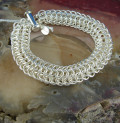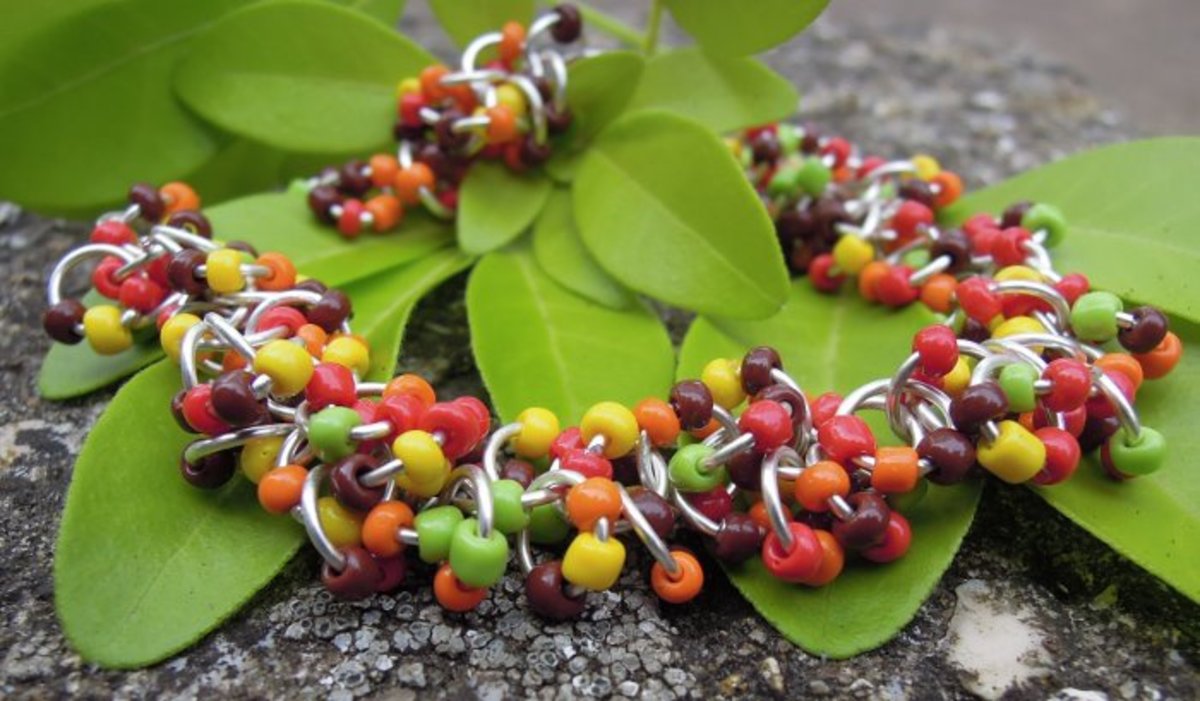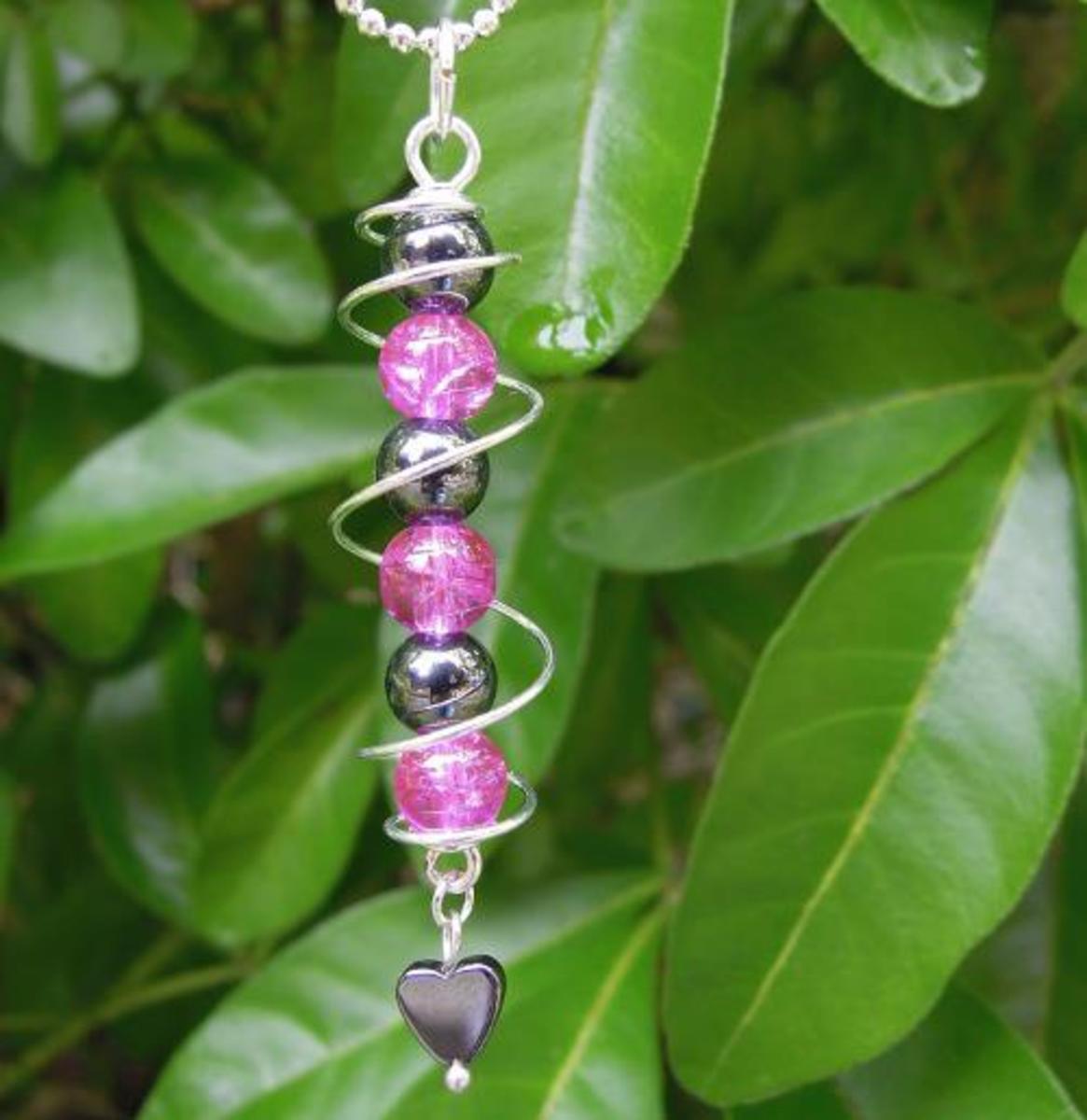Using Semi-Precious Stones in Jewellery Design
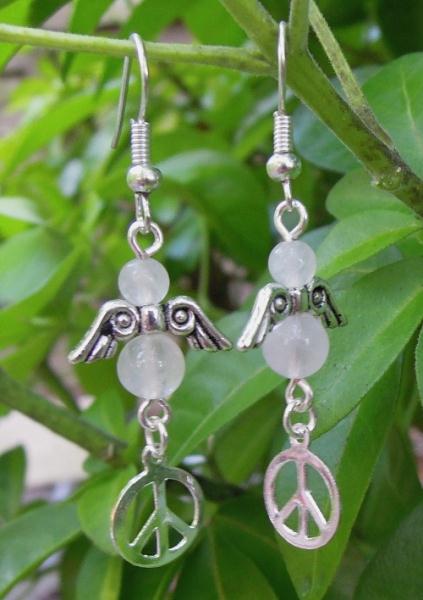
There is a huge variety of semi-precious beads available to use in jewellery making. They can be found in many shapes, sizes, and colours and also sometimes incorporated into components and findings.
The quality, clarity and colour of a stone can have an effect on how expensive they will be as well as the size of the bead and how rare the stone is to find. Many more common stones can be bought fairly inexpensively and the beads have a variety of uses including being used in stringing or wirework projects.
Semi-precious beads are very hard wearing and long lasting. They are available in a wide range of colours and so are easily combined with other beads and findings to create beautiful jewellery pieces. The fact that semi-precious beads are completely natural means that they can vary greatly adding interest and a uniqueness to every piece created with them. Although you may make more than one pair of an earring design, for example, they will both be slightly different due to natural variations in the stones themselves.
As well as being available in a wide variety of types, semi-precious beads can also be bought in different finishes such as rough, polished (sometimes called tumbled), frosted or dyed.
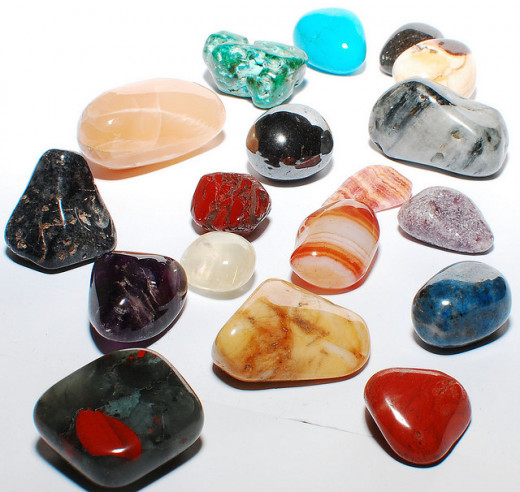
Metaphysical Properties
Many people believe that semi-precious stones have healing and other beneficial properties such as being able to absorb negative energy or electromagnetic smog from the atmosphere. It is believed that these effects are due to each type of stone having its own vibrational energy and that this interacts with the environment in which it is placed and the people within it, especially when the stones are worn or meditated with.
A huge range of books and websites have been dedicated to these unseen properties of stones and how they can be used to improve our home and work environments, balance our emotions and heal or support illness and other physical ailments.
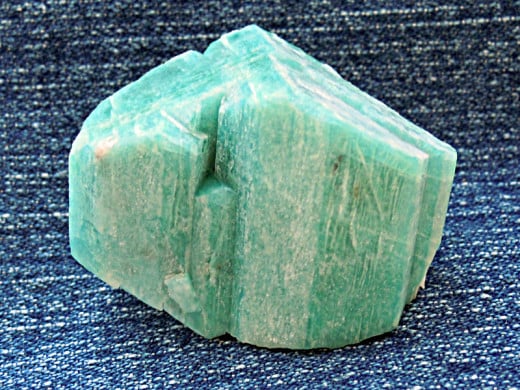
Birthstones
Birthstones are precious or semi-precious stones associated with a particular month of the year. They also have symbolic meanings and some people believe that a person can benefit from wearing their birthstone, especially during their birth month.
Month
| Birthstone
| Meaning
|
|---|---|---|
January
| Garnet
| Prosperity/health
|
Feburary
| Amethst
| Wisdom/security
|
March
| Aquamarine
| Loyalty/happiness
|
April
| Diamond
| Clarity/eternal love
|
May
| Emerald
| Patience/understanding
|
June
| Pearl/Moonstone
| Purity/happiness
|
July
| Ruby
| Love/success
|
August
| Peridot
| Fame/protection
|
September
| Sapphire
| Truth/commitment
|
October
| Opal
| Hope/faith
|
November
| Yellow topaz/Citrine
| Wisdom/courage
|
December
| Blue Topaz/Turquoise
| True love/success
|
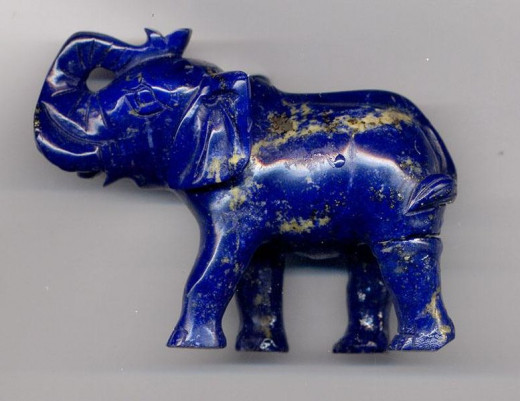
Some Examples of Semi-Precious Stones
Agate – Agate is a form of chalcedony quartz. It forms in concentric layer in a range of colours.
Amazonite – This is a feldspar mineral and is named after the Amazon river.
Amber – This is fossilized tree resin. It is one of a few gemstones that have an organic origin. Amber can be over 50 million years old.
Amethyst – Amethyst is considered the most precious variety of quartz and can range in colour from pale lilac to deep purple.
Beryl – The most famous type of beryl is emerald. Other varieties include aquamarine and morganite.
Calcite – This stone is calcium carbonate that has been coloured by various impurities such as magnesium, iron, zinc and cobalt.
Carnelian – Another variety of chalcedony quartz. Carnelian has been coloured by trace amounts of iron. It can vary in colour from orange to a dark red-brown.
Fire Agate – An opaque chalcedony that has a layered structure. These layers create an iridescent effect.
Hematite – An iron oxide that is a blackish-grey colour but often has a silvery look to it. Hematite is very dense and combines well with many other stones and also silver.
Jasper – Jasper can be found in a number of varieties such as leopardskin, red, dalmation and green.
Lapis Lazuli – This stone has been used for thousands of years in jewellery and ornamental objects. It has an attractive deep blue colour flecked with iron pyrities.
Malachite – Copper carbonate with a distinctive green veining. This is not a particularly hard stone.
Onyx – The black form of chalcedony.
Opal – A delicate gem with a lot of variation between stones.
Prehnite – Prehnite is a form of aluminium silicate with a similar look to mother of pearl.
Quartz – One of the most common minerals on earth. This well-known gemstone has many varieties including amethyst, citrine and ametrine.
Rose Quartz – A soft pink variety of quartz.
Sodalite – This stone has a high sodium content and often also contains veins of calcite. Sodalite is a blue stone but can be found with a slight violet hint as well.
Tiger’s eye – An opaque macrocrystaline quartz. Colours can vary and tiger’s eye stones generally contain stripes of dark colouring.
Turquoise – Turquoise has been used in jewellery for thousands of years. It is available in shades of blue, green and yellow and often is patterned by naturally occurring brown veins.
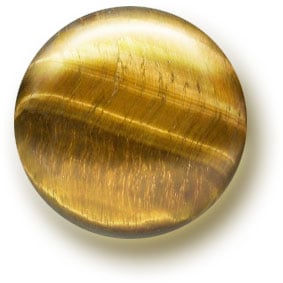
Hints and Tips for Creating Jewellery with Semi-precious beads
Every semi-precious stone has its own metaphysical and healing properties.
Although most semi-precious beads are hard wearing and can be used in many applications some are more delicate or are better used in certain forms.
The wide variety of colours available means that semi-precious stones can be easily combined in a piece of jewellery, either with other stones or different beads such as glass, lampwork, crystal or metal.
When planning your designs check the size of the hole in the semi-precious beads you are planning to use. Many stones only have a small hole so are not suitable for use on thicker cords such as leather or ribbon.
Tumbling is a technique used to smooth and polish semi-precious stones. Because of this smooth stones are sometimes known as tumblestones. These do not normally have any hole drilled through them but can still be used in wire wrapping or other similar jewellery making techniques.
Some stones are available with a ‘faceted’ finish. Faceting a stone cutting technique that requires a lot of skill to do well. This technique is mainly used with precious stones or the more expensive semi-precious stones.
Chip beads are often the cheapest way to buy semi-precious stones. These are made from the leftover pieces of stone when other beads are made. They vary greatly in size and shape but can be used successfully in many methods such as stringing, bead crochet and wire work.
Freshwater pearls come from freshwater pearls and are part of the semi-precious bead family.
Amber is an organic material formed when tree resin fossilises. Amber beads can also be found that contain small insects or plants.
The natural variations found in semi-precious stones can be used to add add extra detail, uniqueness and interest to a piece of jewellery.
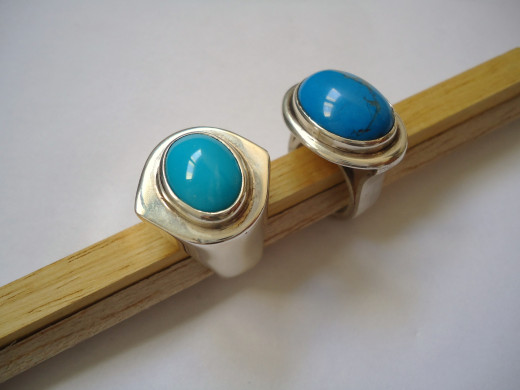
© 2013 Claire



